Home>Garden Essentials>When To Plant Giant Pumpkin Seeds
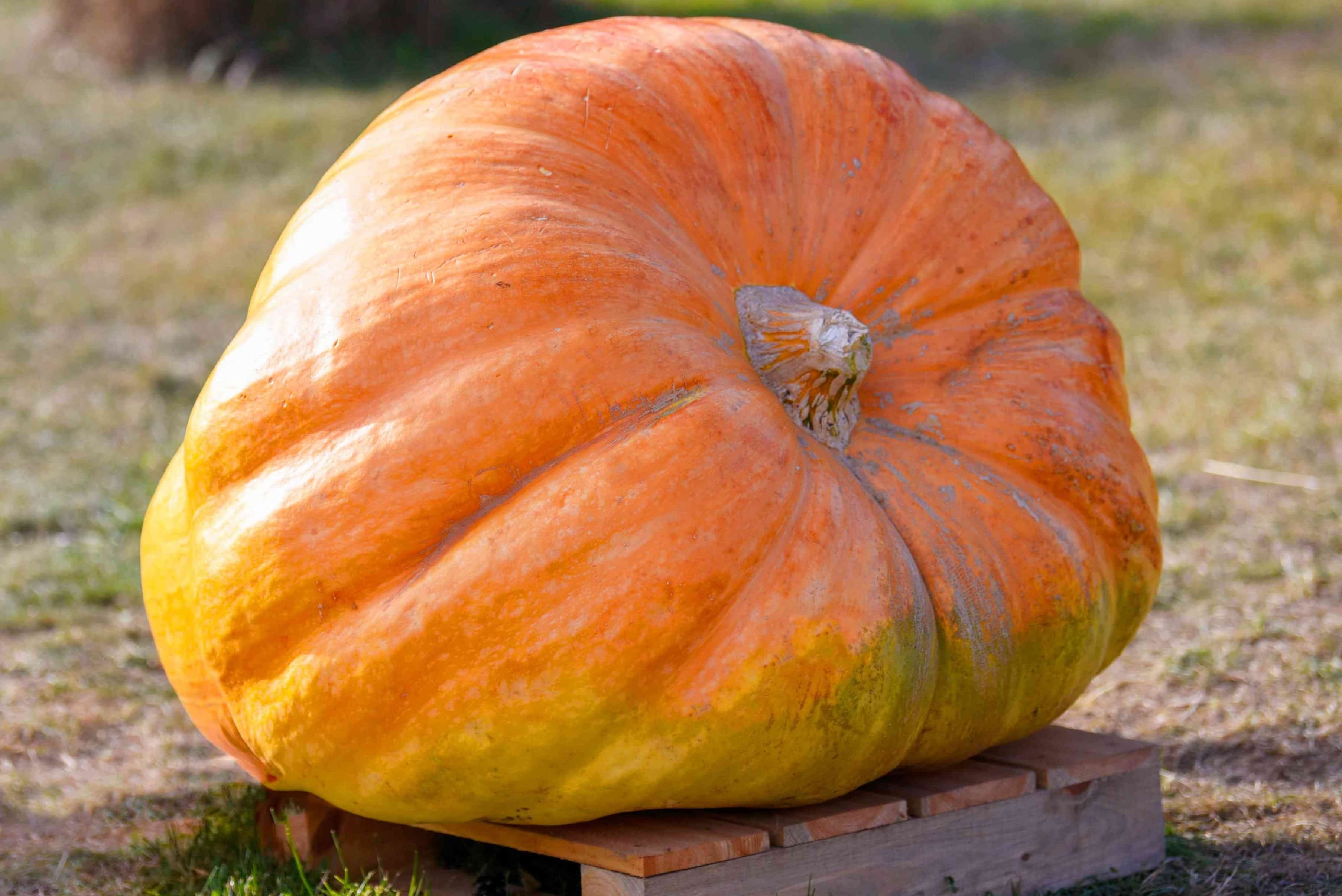

Garden Essentials
When To Plant Giant Pumpkin Seeds
Modified: April 22, 2024
Discover the optimal time to plant giant pumpkin seeds in your garden and maximize your chances of producing massive pumpkins. Find expert tips and advice here.
(Many of the links in this article redirect to a specific reviewed product. Your purchase of these products through affiliate links helps to generate commission for Storables.com, at no extra cost. Learn more)
Introduction
When it comes to gardening, few things can be more exciting and rewarding than growing your own giant pumpkins. These massive fruits can reach astonishing weights and captivate the imagination of both young and old alike. Whether you’re a seasoned gardener or a novice looking for a unique challenge, planting giant pumpkin seeds can be an exhilarating experience.
But before you dive into the world of giant pumpkins, there are a few factors to consider. From the best time to plant the seeds to choosing the right location and ensuring proper care, this article will guide you through the process of successfully growing these remarkable plants.
So, grab your gardening gloves and let’s explore the world of giant pumpkin cultivation!
Key Takeaways:
- Timing is crucial for planting giant pumpkin seeds. Wait until after the last frost and ensure a long growing season for these massive fruits to reach their full potential.
- Proper care, including watering, fertilizing, and pest control, is essential for nurturing giant pumpkin plants. Dedicate time and attention to ensure a bountiful harvest.
Read more: When To Plant Pumpkin Seeds
Factors to Consider Before Planting Giant Pumpkin Seeds
Before you start planting giant pumpkin seeds, it’s important to consider a few key factors that can greatly influence the success of your pumpkin-growing endeavor.
1. Climate: Giant pumpkins thrive in specific climatic conditions. They require a long growing season with warm temperatures and plenty of sunlight. Before planting, research the climate of your region and determine if it is suitable for growing giant pumpkins. If you live in a colder climate, you may need to consider starting your seeds indoors or using techniques to extend the growing season.
2. Space: Growing giant pumpkins requires ample space. These plants have extensive vine growth and can take up a significant area in your garden. Make sure you have enough room to accommodate their sprawling nature. Additionally, consider the vertical space needed for the vines to climb or provide support structures such as trellises or fences.
3. Time commitment: Growing giant pumpkins is a time-consuming endeavor. The plants require regular care, including watering, fertilizing, and pest control. They also need consistent monitoring and pruning to ensure proper growth and fruit development. Be prepared to dedicate sufficient time to nurture your pumpkin plants throughout the growing season.
4. Soil quality: The quality of your soil plays a crucial role in the success of your giant pumpkin plants. Pumpkins prefer well-draining, nutrient-rich soil. Conduct a soil test to assess the pH levels and fertility of your soil. Make necessary amendments, such as adding organic matter or adjusting the pH, to create an optimal growing environment for your pumpkins.
5. Pollination: Giant pumpkins require effective pollination for fruit development. Bees are the primary pollinators for pumpkins, so it’s essential to have a healthy population of bees in your garden. If bee activity is limited in your area, consider hand-pollinating your pumpkin flowers to ensure successful fruit set.
By carefully considering these factors, you can set the groundwork for a successful giant pumpkin-growing season. Now that you know what to keep in mind let’s move on to the best time to plant your giant pumpkin seeds.
Best Time to Plant Giant Pumpkin Seeds
Timing is crucial when it comes to planting giant pumpkin seeds. These plants have specific requirements for both the growing season and the time needed for the pumpkins to reach their full potential.
The general rule of thumb is to plant giant pumpkin seeds after the threat of frost has passed and when the soil temperature has warmed up to around 60°F (15°C). This usually falls in late spring or early summer, depending on your location.
Keep in mind that giant pumpkins require a long growing season, typically ranging from 90 to 120 days. To determine the ideal planting time, work backwards from your desired harvest date. Consider the average length of the growing season in your area and ensure that you allow enough time for your pumpkins to mature.
If you live in colder regions with shorter growing seasons, it may be necessary to start your giant pumpkin seeds indoors a few weeks before the last frost date. This gives them a head start and increases the chances of achieving optimal growth and fruit development.
When starting seeds indoors, use biodegradable pots or seedling trays filled with a seed starting mix. Plant the seeds about an inch deep and keep them in a warm and well-lit area, such as a greenhouse or a sunny windowsill. Ensure they receive proper moisture and ventilation to encourage healthy germination.
Transplant the seedlings outdoors when all dangers of frost have passed and the soil has warmed up. Choose a location with full sun exposure and enough space for the vines to spread. Proper spacing between plants is crucial, as giant pumpkins require ample room for their sprawling growth.
Once planted, provide regular care by watering deeply and consistently, especially during dry spells. Fertilize the plants with a balanced organic fertilizer to promote healthy growth.
Next, let’s explore the essential factors to consider when selecting the right location for planting your giant pumpkin seeds.
Selecting the Right Location for Planting
Choosing the right location for planting your giant pumpkin seeds is crucial for their overall health and development. Here are some factors to consider when selecting the perfect spot:
Sunlight: Giant pumpkins thrive in full sun, which means they need at least 6-8 hours of direct sunlight daily. Find an area in your garden that receives ample sunlight throughout the day. Avoid shaded spots or areas with large trees that can block the sunlight.
Soil Drainage: Good soil drainage is essential for the health of giant pumpkin plants. They prefer well-draining soil to prevent root rot and other fungal diseases. Avoid areas with heavy clay soil or locations prone to waterlogging. If your soil has poor drainage, consider amending it by adding organic matter or creating raised beds.
Space: Giant pumpkins require plenty of space to grow and spread their vines. They need a minimum of 50-100 square feet per plant. Ensure that the location you choose allows for adequate vine expansion without encroaching on other plants or structures. Consider the vertical space needed for the vines to climb if you plan to provide support structures like trellises.
Proximity to Pollinators: Bees are the primary pollinators for pumpkin plants. Select a location that is in close proximity to bee-friendly plants or areas where bees are known to frequent. This will increase the chances of successful pollination and fruit set.
Wind Protection: Strong winds can cause damage to giant pumpkin vines and flowers, hindering their growth and development. If your area experiences high winds, consider planting your pumpkin patch in a sheltered spot or erect windbreaks such as fences or hedges to protect the plants.
Accessibility: Finally, choose a location that is easily accessible for regular maintenance and harvest. Consider factors such as proximity to water sources for irrigation, ease of carrying tools and supplies, and logistical convenience.
By keeping these factors in mind, you can select an optimal location for planting your giant pumpkin seeds, setting them up for success as they grow and produce impressive fruits. Now, let’s move on to preparing the soil for planting.
Preparing the Soil for Planting
Before you plant your giant pumpkin seeds, it’s essential to prepare the soil properly. Healthy and nutrient-rich soil is the foundation for vigorous plant growth and abundant fruit production. Here are the steps to prepare the soil:
1. Clear the area: Start by removing any weeds, rocks, or debris from the planting area. This will create a clean and well-prepared space for your giant pumpkin plants to thrive.
2. Test the soil: Conduct a soil test to determine its pH level and nutrient content. Giant pumpkins prefer a slightly acidic to neutral soil pH range of 6.0 to 7.0. This range provides an ideal environment for nutrient uptake and healthy plant growth. If needed, amend the soil pH by adding agricultural lime to raise it or elemental sulfur to lower it.
3. Improve drainage: If your soil has poor drainage, you can improve it by incorporating organic matter such as well-aged compost or peat moss. This will help break up heavy soil and promote better water infiltration and root development.
4. Add organic matter: Giant pumpkins thrive in nutrient-rich soil. Work in generous amounts of compost or well-decomposed organic matter into the soil. This will enhance fertility, water retention, and nutrient availability for the plants.
5. Fertilize: Before planting, apply a balanced organic fertilizer based on the soil test recommendations. This will provide essential nutrients for the initial growth of the pumpkin plants. Avoid using excessive amounts of nitrogen-rich fertilizer, as this can lead to excessive foliage growth at the expense of fruit development.
6. Till the soil: Use a garden tiller or a hand cultivator to gently till the soil to a depth of around 12 inches. This will help loosen compacted soil, improve aeration, and create a friable soil texture for the roots to penetrate easily.
7. Smooth the surface: Rake the soil to create a smooth and level surface. This will make it easier to plant and maintain the giant pumpkin seeds and seedlings.
By following these soil preparation steps, you can create an ideal growing environment for your giant pumpkin plants. The next step in the journey is to germinate the seeds and get them ready for transplanting. We will explore this process in the next section.
Plant giant pumpkin seeds in late spring or early summer, once the soil has warmed to at least 70°F. This will give the seeds the best chance to germinate and grow into a large pumpkin.
Read more: When To Plant Pumpkins Seeds
Germinating Giant Pumpkin Seeds
Germinating giant pumpkin seeds is an exciting and important step in the process of growing these magnificent plants. Here’s a step-by-step guide to help you successfully germinate your seeds:
1. Seed selection: Start by selecting high-quality giant pumpkin seeds. Look for seeds from reputable sources or save seeds from healthy, mature pumpkins you’ve grown in the past. Keep in mind that hybrid pumpkin seeds tend to produce more consistent and reliable results.
2. Seed preparation: Soak the seeds in water for about 4-6 hours before planting. This will help soften the seed coat and promote better and faster germination.
3. Seed starting mix: Fill seedling trays or biodegradable pots with a seed starting mix. This is a light and well-draining medium that provides optimal conditions for seed germination. Avoid using soil from your garden, as it may contain pathogens or be too heavy for delicate seedlings.
4. Planting the seeds: Make a small hole in the seed starting mix using your finger or a dibber. Plant the germinated seeds about one inch deep into each hole. Gently cover the seeds with the seed starting mix, firming it lightly to ensure good seed-to-soil contact.
5. Warmth and moisture: Place the seed trays or pots in a warm and well-lit area, such as a greenhouse or a sunny windowsill. The ideal temperature for germinating giant pumpkin seeds is around 80-85°F (27-29°C). Keep the soil consistently moist, but not waterlogged, by misting with water or using a gentle bottom watering method.
6. Germination time: Giant pumpkin seeds typically germinate within 5-10 days, although some may take longer. Be patient and continue to provide the seeds with the necessary warmth, moisture, and light until they sprout.
7. Thin out seedlings: Once the seedlings have emerged and developed their first set of true leaves, thin them out if there are too many crowded together. Select the healthiest and strongest seedlings and remove the weaker ones, giving the remaining ones enough space to grow and develop.
By following these steps, you can successfully germinate your giant pumpkin seeds and get them ready for transplanting once the weather and soil conditions are suitable. In the next section, we will discuss the process of transplanting seedlings into the garden or larger containers.
Transplanting Seedlings
Once your giant pumpkin seedlings have grown a few inches tall and have developed a sturdy root system, it’s time to transplant them into their permanent location. Transplanting seedlings is a critical step in ensuring their successful growth and the production of large, healthy pumpkins. Follow these guidelines to transplant your seedlings:
1. Choose the right time: Wait until all dangers of frost have passed, and the soil has warmed up to around 60°F (15°C) before transplanting the seedlings. This ensures that the young plants won’t be affected by cold temperatures.
2. Prepare the planting hole: Dig a hole in the garden or the prepared spot that is large enough to accommodate the root ball of the seedling. The hole should be deep enough so that the seedling is planted at the same depth as it was in the seedling tray or pot.
3. Handle seedlings gently: Carefully remove the seedling from the container or tray, holding it by the leaves and avoiding pulling on the stem. Be gentle to avoid damaging the fragile roots.
4. Planting the seedling: Place the seedling into the hole, positioning it vertically and making sure the roots are spread out. Backfill the hole with soil, gently firming it around the base of the plant. Avoid compacting the soil too much, as it can hinder root growth.
5. Water thoroughly: After transplanting, water the seedlings deeply to settle the soil around the roots and provide adequate moisture. This will help reduce transplant shock and encourage the seedling to establish itself in its new location.
6. Provide support: If you plan to train your pumpkin vines to grow vertically or if you expect the fruits to become extremely heavy, consider providing support structures such as trellises, cages, or A-frames. Install these structures while transplanting the seedlings to avoid disturbing the roots later on.
7. Mulch: Apply a layer of organic mulch around the base of the transplanted seedlings. This helps suppress weed growth, conserve soil moisture, and regulate soil temperature.
Remember to regularly water and monitor your transplanted seedlings, ensuring they are receiving adequate sunlight and nutrients. With proper care and attention, they will continue to grow and eventually produce impressive giant pumpkins. In the next section, we will discuss essential tips for caring for giant pumpkin plants during the growing season.
Caring for Giant Pumpkin Plants
Caring for giant pumpkin plants is a crucial aspect of ensuring their healthy growth and maximizing the size and quality of the pumpkins they produce. Here are some essential tips to keep in mind throughout the growing season:
1. Watering: Giant pumpkins require consistent and deep watering. Aim to keep the soil evenly moist, providing about 1-2 inches of water per week. Be mindful of dry spells and adjust watering accordingly. Avoid overwatering, as waterlogged soil can lead to root rot and other issues.
2. Fertilizing: Regular fertilization is key to supporting the growth of giant pumpkin plants. Start by incorporating organic matter into the soil before planting. As the plants grow, apply a balanced fertilizer every 2-3 weeks, following the package instructions. Consider using a fertilizer high in phosphorus and potassium to promote fruit development.
3. Pruning: Regular pruning helps manage the growth of giant pumpkin vines and directs energy towards fruit production. Remove any lateral shoots that emerge from leaf axils or grow in undesirable directions. Trim off excess foliage to allow sunlight to reach the developing pumpkins.
4. Pest control: Protect your giant pumpkin plants from common pests such as aphids, squash bugs, and cucumber beetles. Monitor the plants regularly for signs of infestation and take appropriate action, such as spraying organic insecticides or using physical barriers like row covers.
5. Disease prevention: Keep an eye out for common pumpkin diseases like powdery mildew and downy mildew. Monitor the foliage for signs of infection, such as yellowing or spotted leaves, and take preventive measures like applying fungicides or using proper cultural practices to minimize the spread of diseases.
6. Pollination: Bees are the primary pollinators for giant pumpkins. Encourage bee activity in your garden by planting bee-friendly flowers nearby. If bee activity is limited, consider hand-pollinating the pumpkin flowers using a small brush or by transferring pollen between male and female flowers.
7. Weed control: Regularly remove weeds around your giant pumpkin plants to prevent competition for nutrients and water. Mulching around the plants can also help suppress weeds and conserve moisture.
8. Support the fruit: As the pumpkins grow larger, support them by placing them on a bed of straw or using fabric slings to protect them from direct contact with the soil. This prevents rotting and allows for even growth and shape development.
By following these care tips and monitoring your giant pumpkin plants regularly, you’ll give them the best chance to thrive and produce impressive fruits. Now, let’s move on to the much-anticipated topic of harvesting giant pumpkins.
Harvesting Giant Pumpkins
Harvesting giant pumpkins is a culmination of your hard work and patience throughout the growing season. As your pumpkins reach their maximum size and vibrant color, here’s what you need to know about harvesting them:
1. Timing: Giant pumpkins are ready for harvest when they have reached their full color and have reached their desired size. Pay attention to the recommended days to maturity for the specific pumpkin variety you are growing, as this will help guide you in determining the best time for harvest.
2. Vine and stem condition: Examine the health of the pumpkin vine and its stem. The vine should have started to dry up and wither, indicating that the pumpkin is nearing maturity. The stem that attaches the pumpkin to the vine should be dry and brown, showing no signs of green or moisture. This indicates that the pumpkin is fully detached from the plant and ready to be harvested.
3. Support removal: If you have supported your pumpkins with slings or a bed of straw, carefully remove the supports before harvesting. Be cautious not to damage the pumpkins or their stems in the process.
4. Harvesting technique: Use a sharp garden knife or pruning shears to cut the stem of the pumpkin, leaving 2-3 inches attached to the fruit. Avoid lifting the pumpkin by its stem, as it can break off or damage the pumpkin. Instead, lift and carry the pumpkin from its base or use a sturdy wheelbarrow or cart for transportation.
5. Handling with care: Giant pumpkins can be extremely heavy and delicate. Handle them with care to prevent any damage, such as bruising or cracking. Use caution and seek assistance if needed to lift and move the pumpkins safely.
6. Curing: After harvest, gently wipe off any dirt or debris from the pumpkin’s surface. Then, allow the pumpkins to cure in a warm, dry, and well-ventilated area for about 10 days. This helps toughen the outer skin and allows any slight wounds or scratches to heal, extending their shelf life.
7. Storage: Proper storage is essential to ensure your giant pumpkins last as long as possible. Store them in a cool (around 50-55°F or 10-13°C) and dry location, such as a basement or root cellar. Avoid placing them directly on the ground, as this can cause moisture buildup and lead to rot. Periodically check the stored pumpkins for any signs of mold or decay, and promptly remove any affected pumpkins to prevent spoilage.
8. Celebrate and enjoy: Finally, rejoice in your accomplishment and enjoy the fruits of your labor! Use your giant pumpkins for fall displays, carving, cooking, or even entering them into competitions to showcase your growing skills.
Now that you’ve successfully harvested your giant pumpkins, take a moment to appreciate your hard work and the stunning results. Congratulations on a bountiful harvest!
As we wrap up this article, remember that growing giant pumpkins is both a challenging and rewarding experience. With proper care, attention, and a little bit of luck, you can enjoy the thrill of watching enormous pumpkins emerge from your garden. Happy gardening!
Read more: How To Plant Pumpkin Seeds
Conclusion
Growing giant pumpkins is a truly remarkable and rewarding experience for gardeners of all skill levels. From planting the seeds to caring for the plants and finally harvesting the impressive fruits, each step of the journey offers excitement and fulfillment.
By considering important factors such as climate, space, time commitment, soil quality, and pollination, you can set the stage for successful giant pumpkin cultivation. Selecting the right location, preparing the soil, and germinating seedlings with care are essential steps that contribute to the plants’ overall health and productivity.
Throughout the growing season, caring for the giant pumpkin plants involves proper watering, fertilizing, pruning, pest and disease control, and ensuring successful pollination. Supporting the growing pumpkins, providing adequate mulch, and monitoring their progress are all significant aspects of nurturing these magnificent plants.
When the time comes to harvest the giant pumpkins, the timing, vine and stem condition, and handling techniques are crucial to ensure a successful and undamaged harvest. Proper curing and storage techniques should also be followed to prolong the pumpkins’ shelf life and maintain their quality.
As you reflect on your journey of growing giant pumpkins, remember to cherish the fruits of your labor and share in the joy and satisfaction of the impressive results. Whether showcasing them in fall displays, using them for carving, or incorporating them into delicious recipes, your giant pumpkins are a testament to your dedication and skill as a gardener.
So, embrace the challenge, immerse yourself in the process, and relish in the beauty and grandeur of growing giant pumpkins. Let your garden be a source of awe and inspiration for others as they witness your extraordinary gardening achievement. Happy growing!
Frequently Asked Questions about When To Plant Giant Pumpkin Seeds
Was this page helpful?
At Storables.com, we guarantee accurate and reliable information. Our content, validated by Expert Board Contributors, is crafted following stringent Editorial Policies. We're committed to providing you with well-researched, expert-backed insights for all your informational needs.
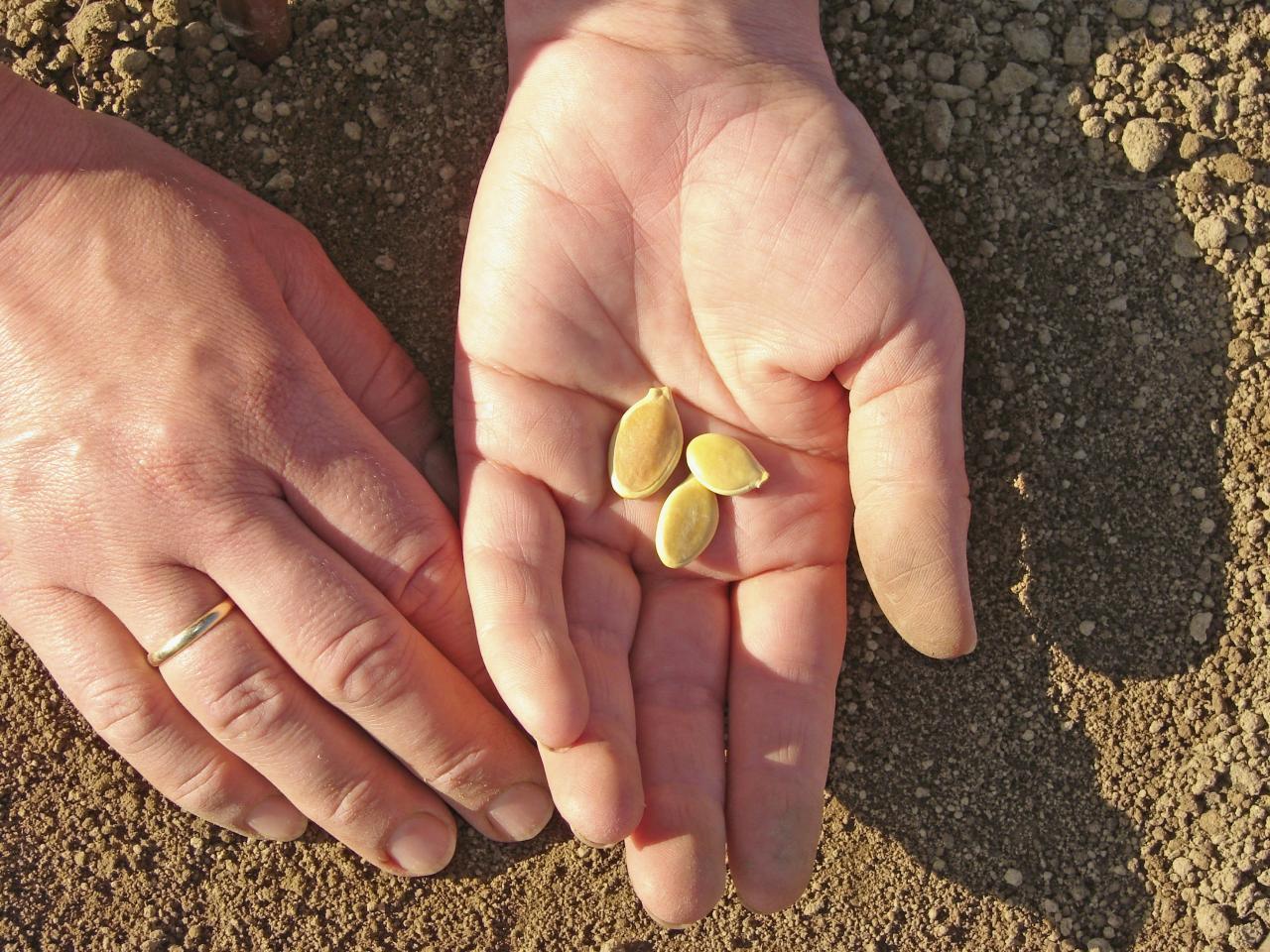
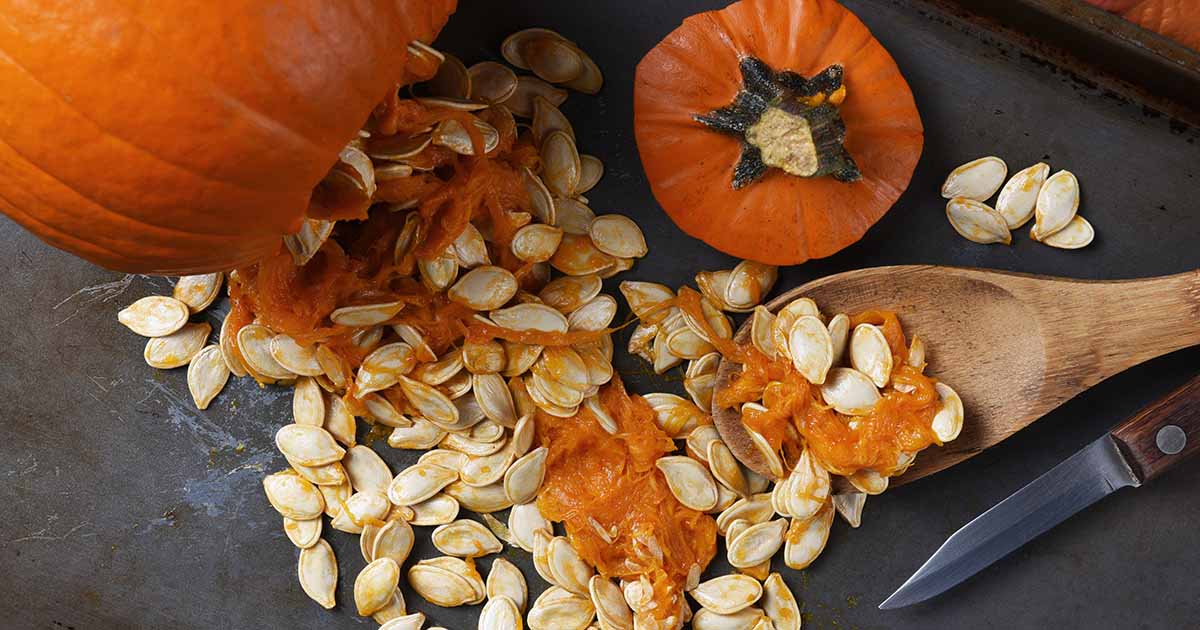
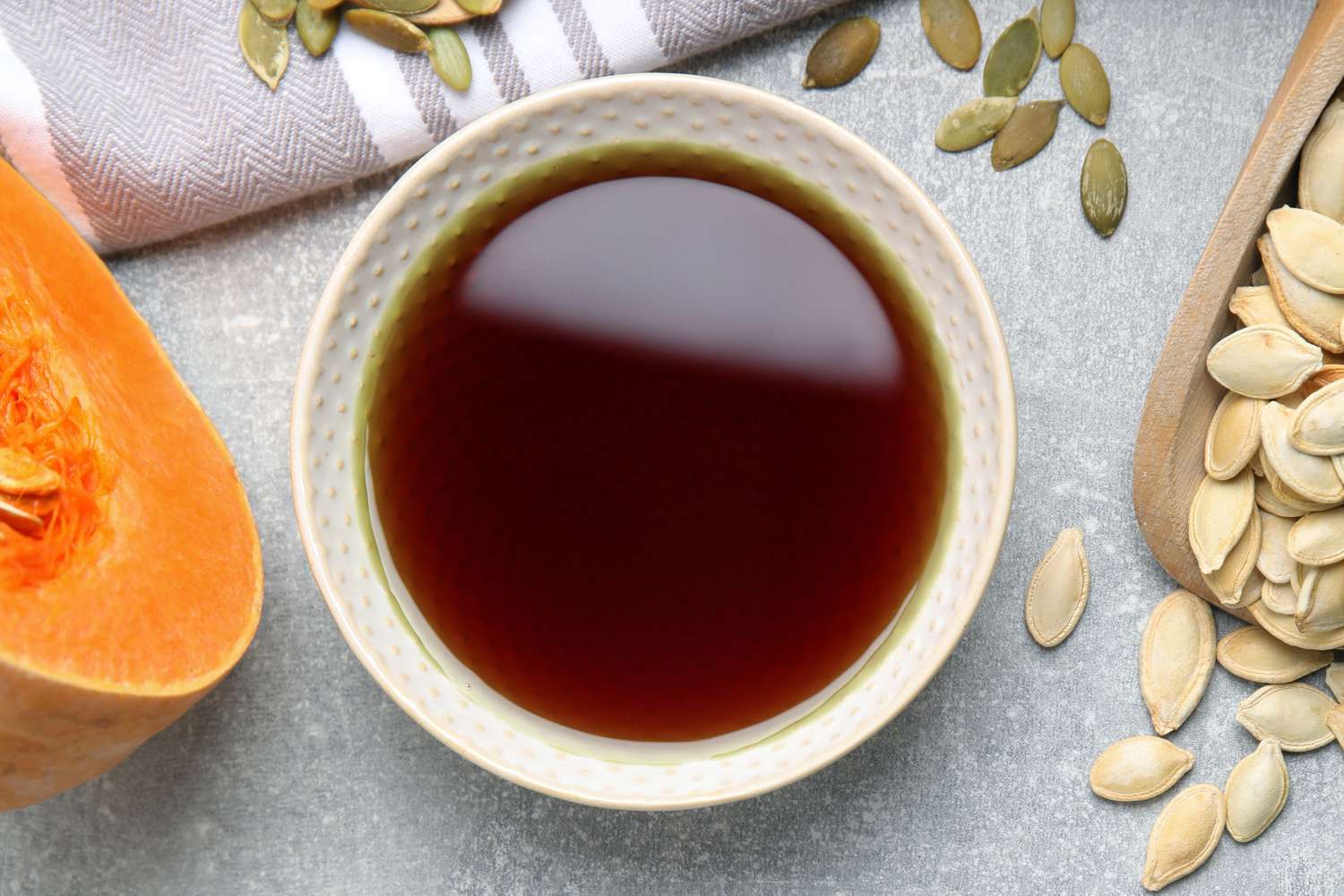
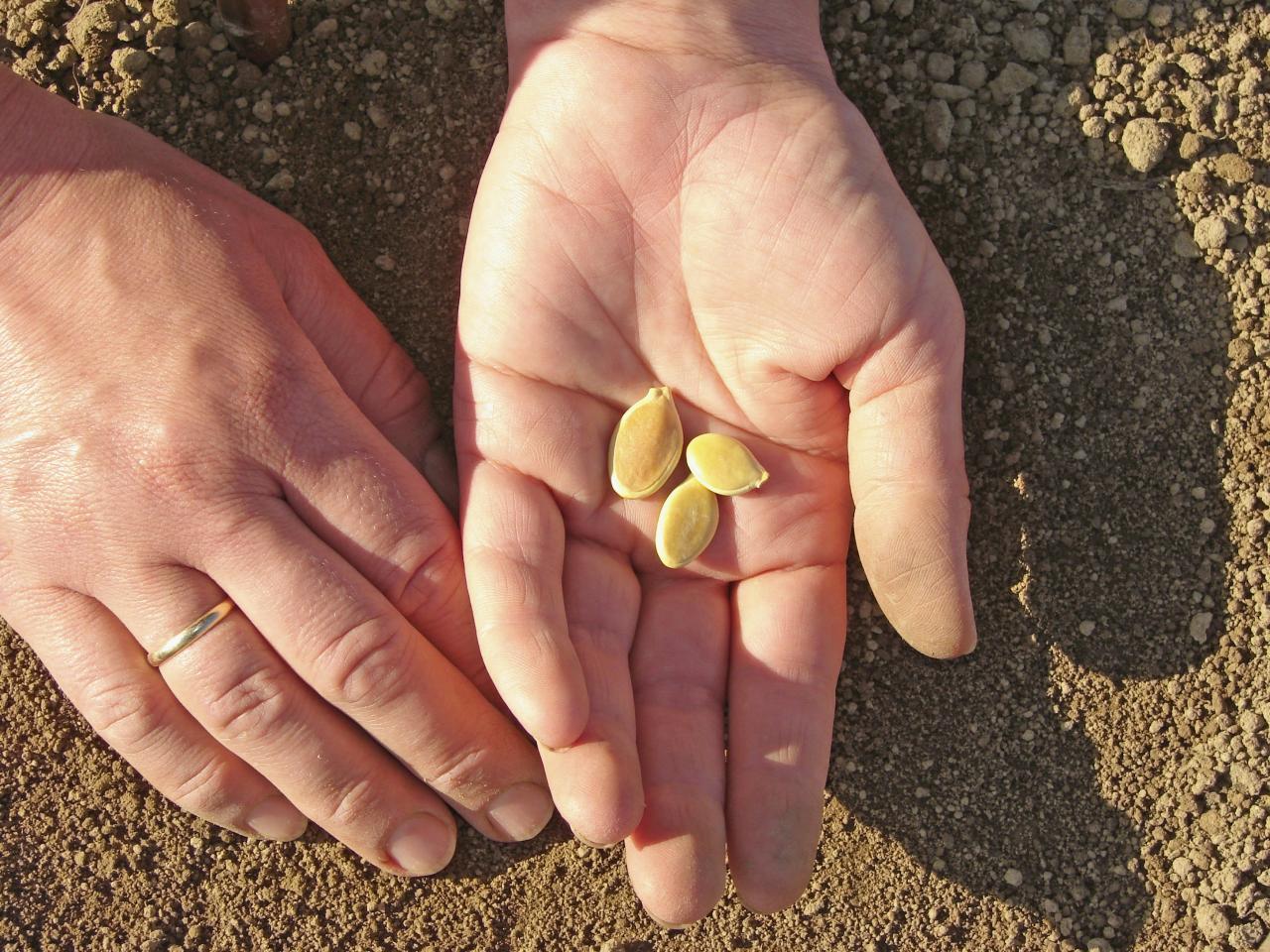










0 thoughts on “When To Plant Giant Pumpkin Seeds”